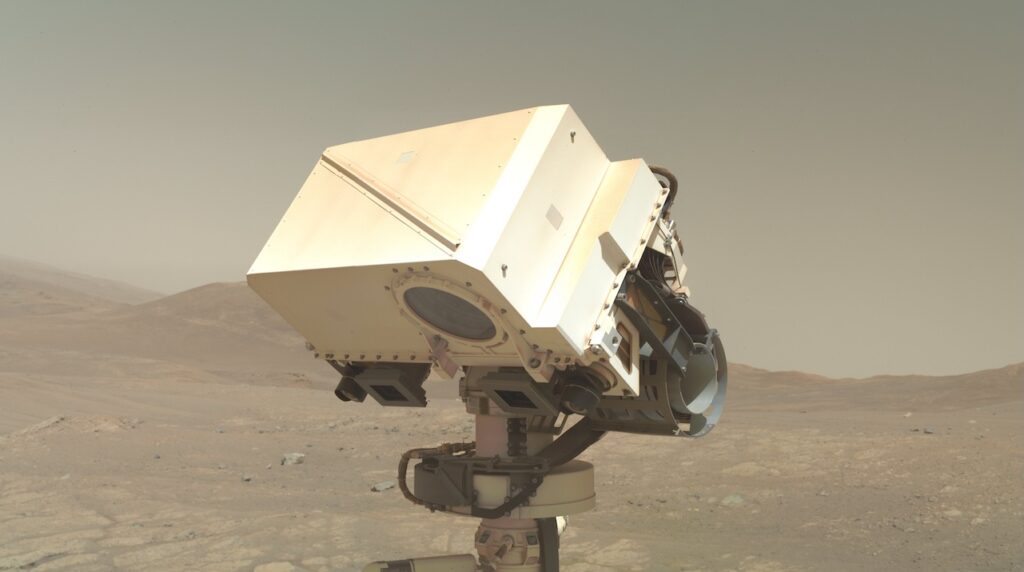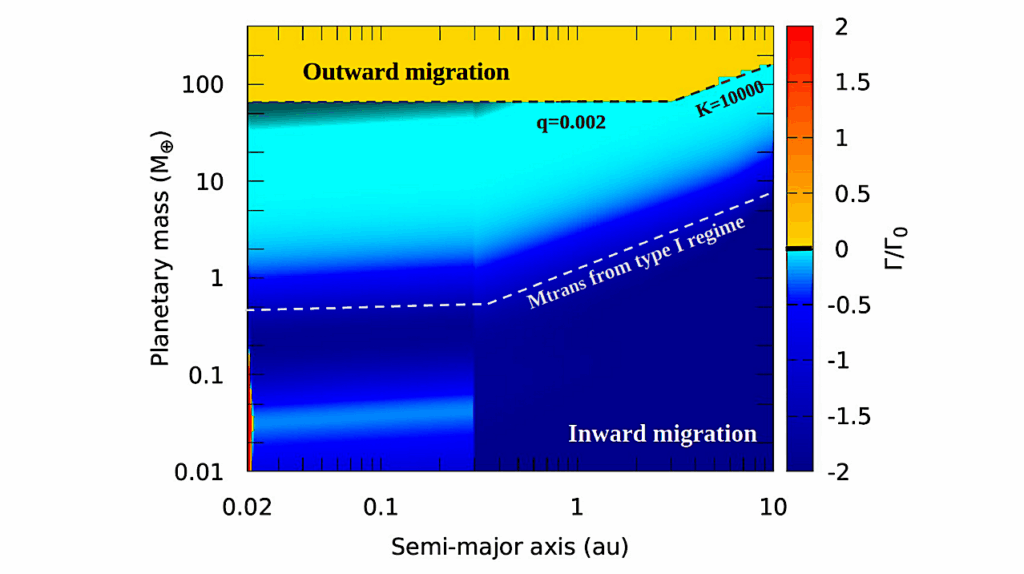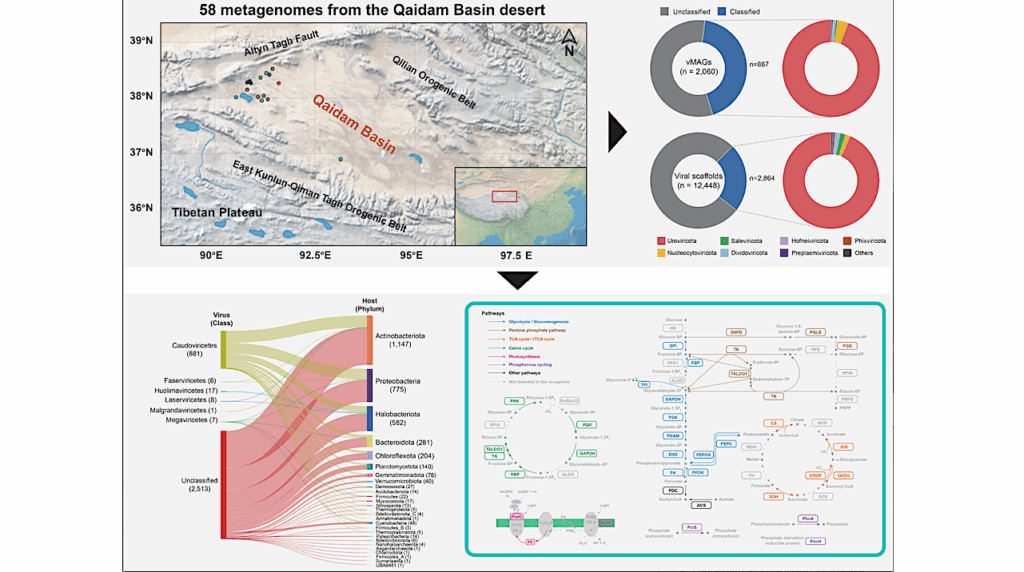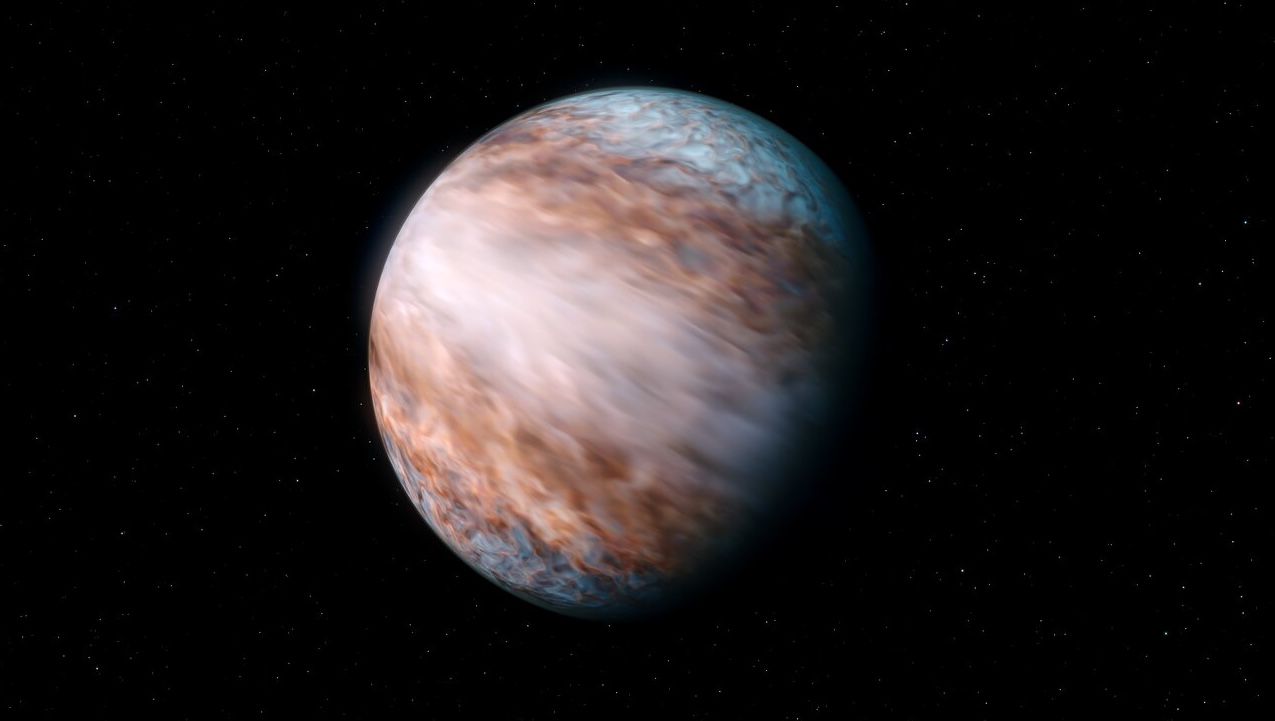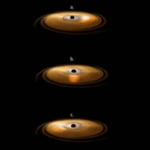Now Reading: Unveiling the Interior Structure and Thermal Evolution of Super-Earth GJ 486b
-
01
Unveiling the Interior Structure and Thermal Evolution of Super-Earth GJ 486b
Unveiling the Interior Structure and Thermal Evolution of Super-Earth GJ 486b
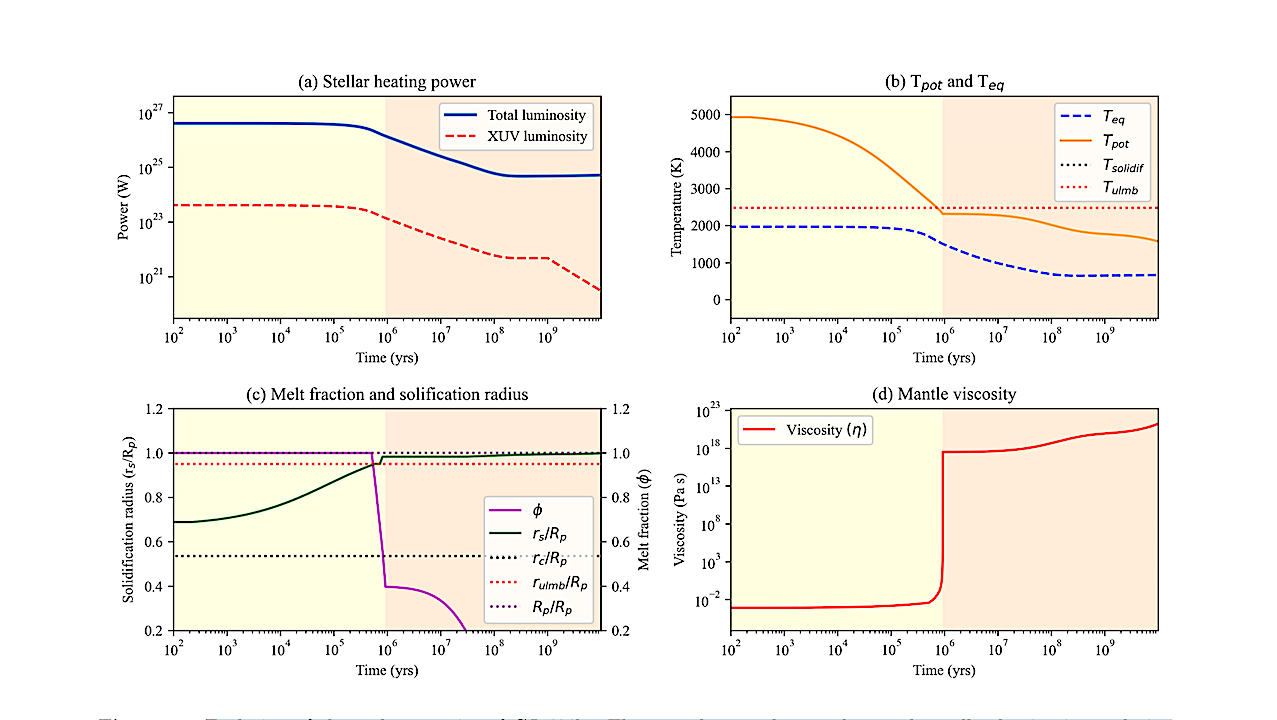

Evolution of thermal properties of GJ 486b. The two plots at the top denote the stellar luminosity evolution (bolometric and XUV) and the mantle potential temperature evolution for GJ 486b. The yellow and orange background denote the time evolution before and after the complete solidification of the planet, respectively. The bottom two plots illustrate the planet radius, melt fraction, and viscosity evolution till the point of complete solidification. The dotted lines denote the core radius (rc), upper-lower mantle boundary radius (rulmb) and the planet radius (Rp), all normalized to planet radius. — astro-ph.EP
Recent ground- and space-based surveys have shown that planets between Earth and Neptune in size, known as “super-Earths,” are among the most frequently found planets in the Galaxy.
Although the JWST era has provided high-quality atmospheric data on several such super-Earths, modeling tools are crucial for understanding their unobservable interiors. Consequently, interior studies represent the next essential step in gaining a comprehensive understanding of this class of exoplanets.
This study investigates the interior structure, thermal evolution, and atmospheric dynamics of the super-Earth GJ 486b using SERPINT, a 1-D self-consistent coupled interior structure and evolution model, aiming to understand the planet’s thermal evolution based on an Earth-like structure.
Our results indicate that GJ 486b’s core is approximately 1.34 times larger than Earth’s, with a core pressure of about 1171 GPa. The thermal evolution model predicts that the planet’s mantle cools and solidifies over approximately 0.93 million years. As the magma ocean cools, water is released from the melt, forming a water-rich atmosphere during early solidification.
Photolysis of water vapor and subsequent hydrogen escape lead to oxygen accumulation, forming a water- and oxygen-rich secondary atmosphere. Future high-sensitivity JWST observations, with improved wavelength coverage and the detection of additional trace gases, will enable a detailed analysis of the planet’s atmospheric composition, providing crucial insights into the interior, surface, and subsurface properties of GJ 486b.
Chandan K. Sahu, Liton Majumdar, Sudipta Mridha, Harshit Krishna
Comments: Accepted for publication in the Astrophysical Journal; 24 Pages, 7 Figures
Subjects: Earth and Planetary Astrophysics (astro-ph.EP)
Cite as: arXiv:2501.09963 [astro-ph.EP] (or arXiv:2501.09963v1 [astro-ph.EP] for this version)
https://doi.org/10.48550/arXiv.2501.09963
Focus to learn more
Submission history
From: Liton Majumdar
[v1] Fri, 17 Jan 2025 05:43:10 UTC (3,075 KB)
https://arxiv.org/abs/2501.09963
Astrobiology,
Stay Informed With the Latest & Most Important News
Previous Post
Next Post
-
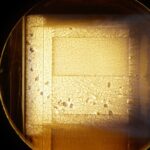 012024 in Review: Highlights from NASA in Silicon Valley
012024 in Review: Highlights from NASA in Silicon Valley -
 02Panasonic Leica Summilux DG 15mm f/1.7 ASPH review
02Panasonic Leica Summilux DG 15mm f/1.7 ASPH review -
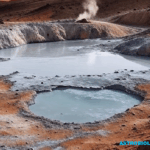 03From Polymerization-Enabled Folding and Assembly to Chemical Evolution: Key Processes for Emergence of Functional Polymers in the Origin of Life
03From Polymerization-Enabled Folding and Assembly to Chemical Evolution: Key Processes for Emergence of Functional Polymers in the Origin of Life -
 04How New NASA, India Earth Satellite NISAR Will See Earth
04How New NASA, India Earth Satellite NISAR Will See Earth -
 05And Thus Begins A New Year For Life On Earth
05And Thus Begins A New Year For Life On Earth -
 06Astronomy Activation Ambassadors: A New Era
06Astronomy Activation Ambassadors: A New Era -
07SpaceX launch surge helps set new global launch record in 2024












